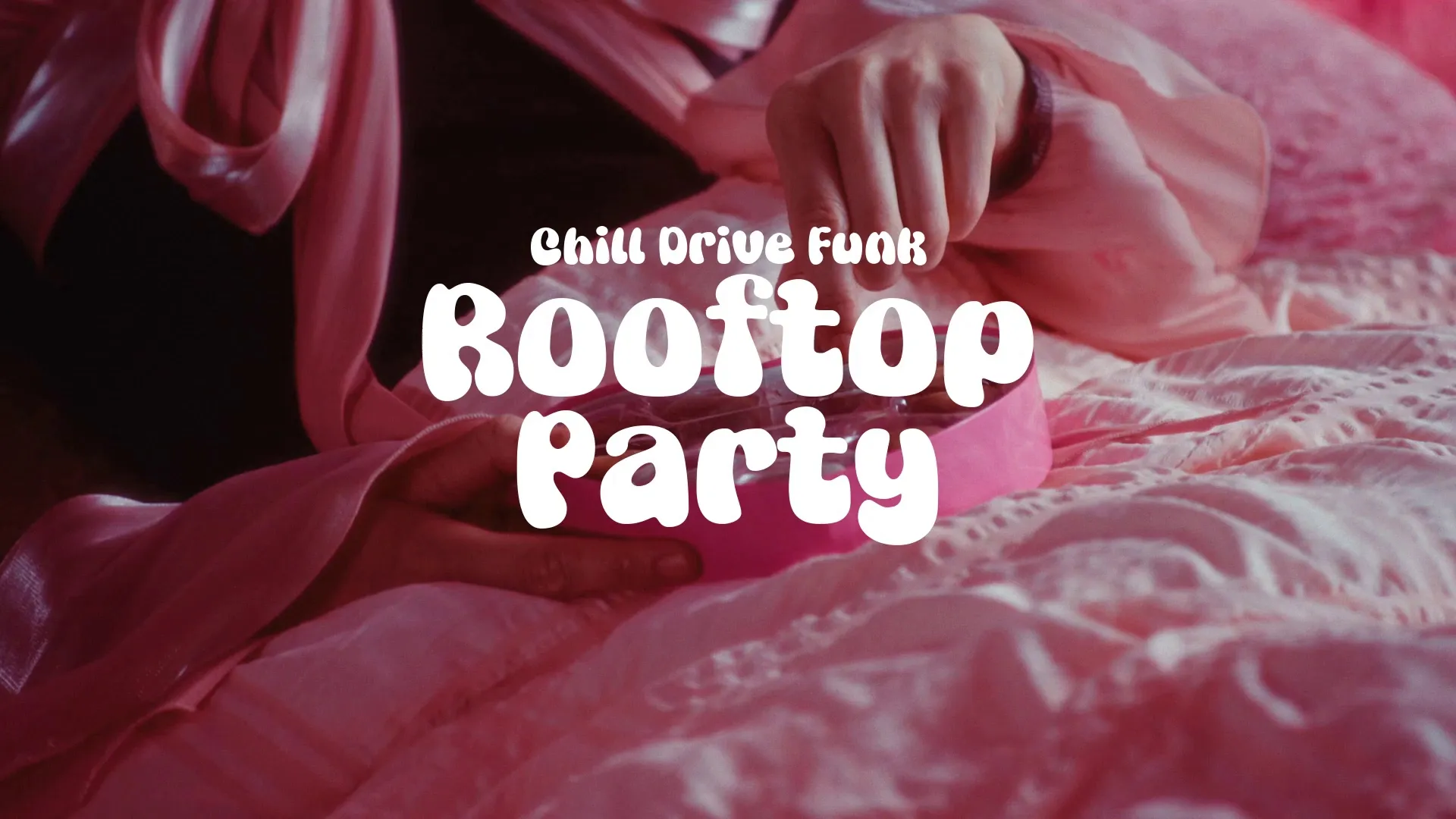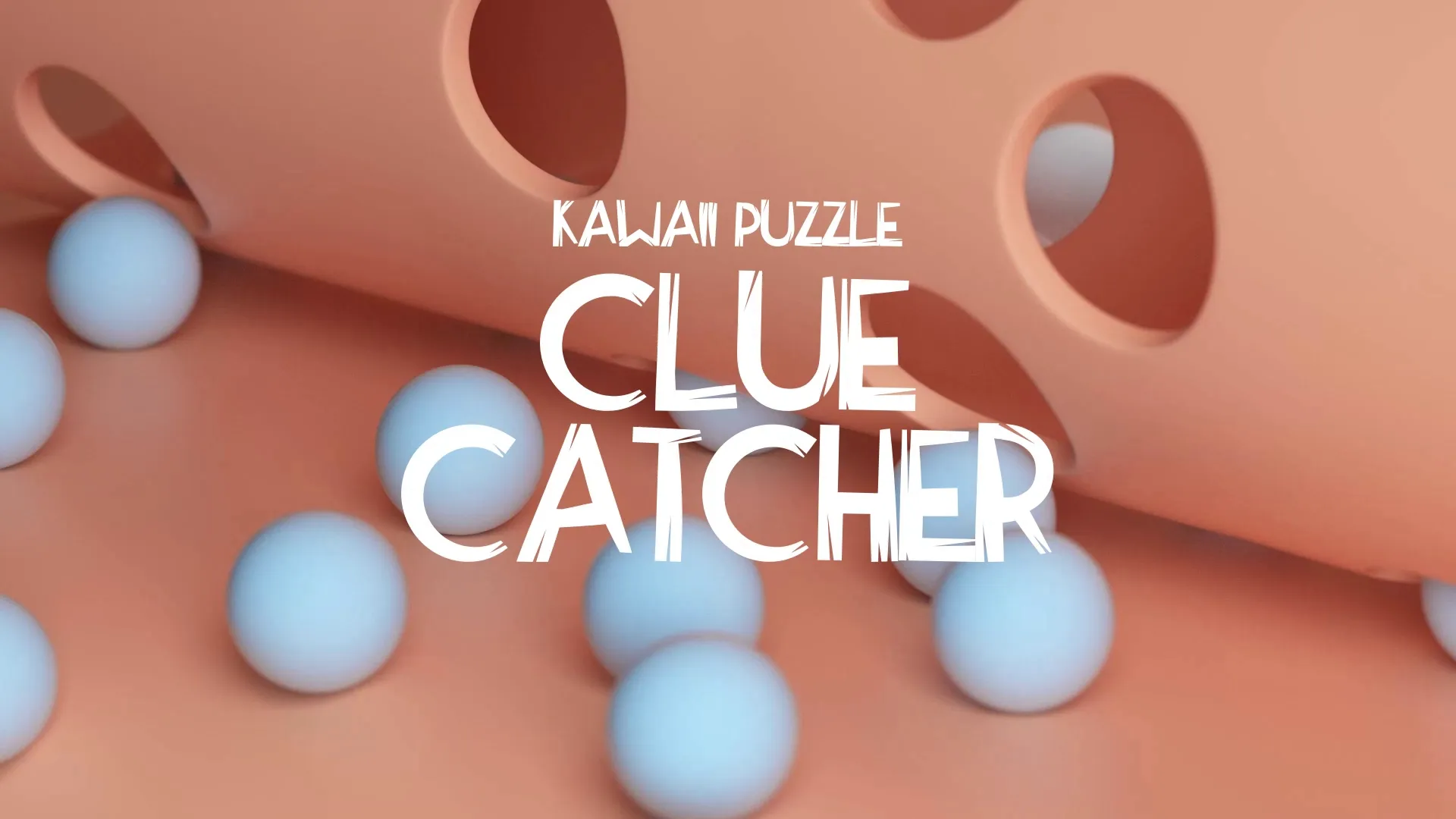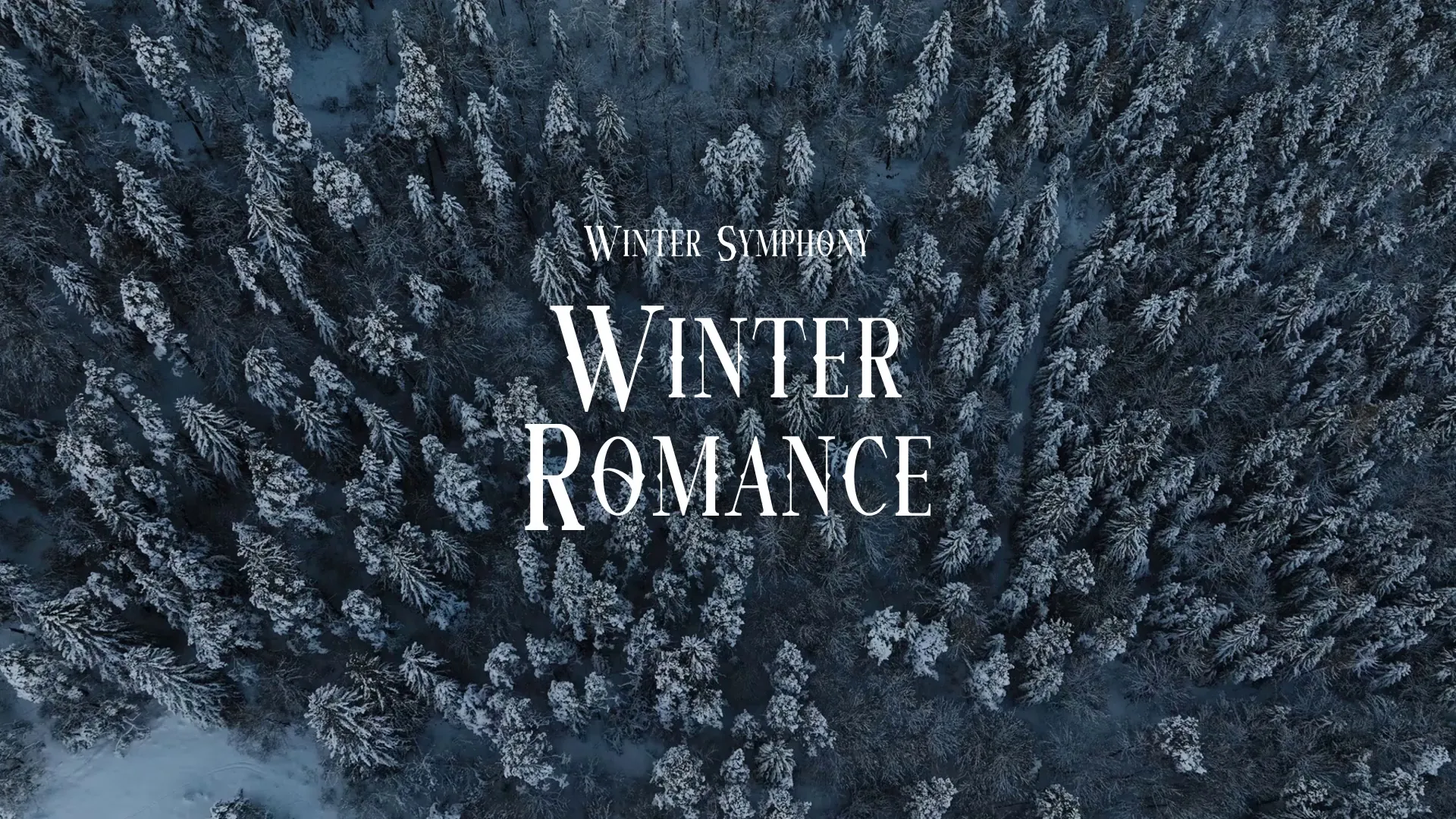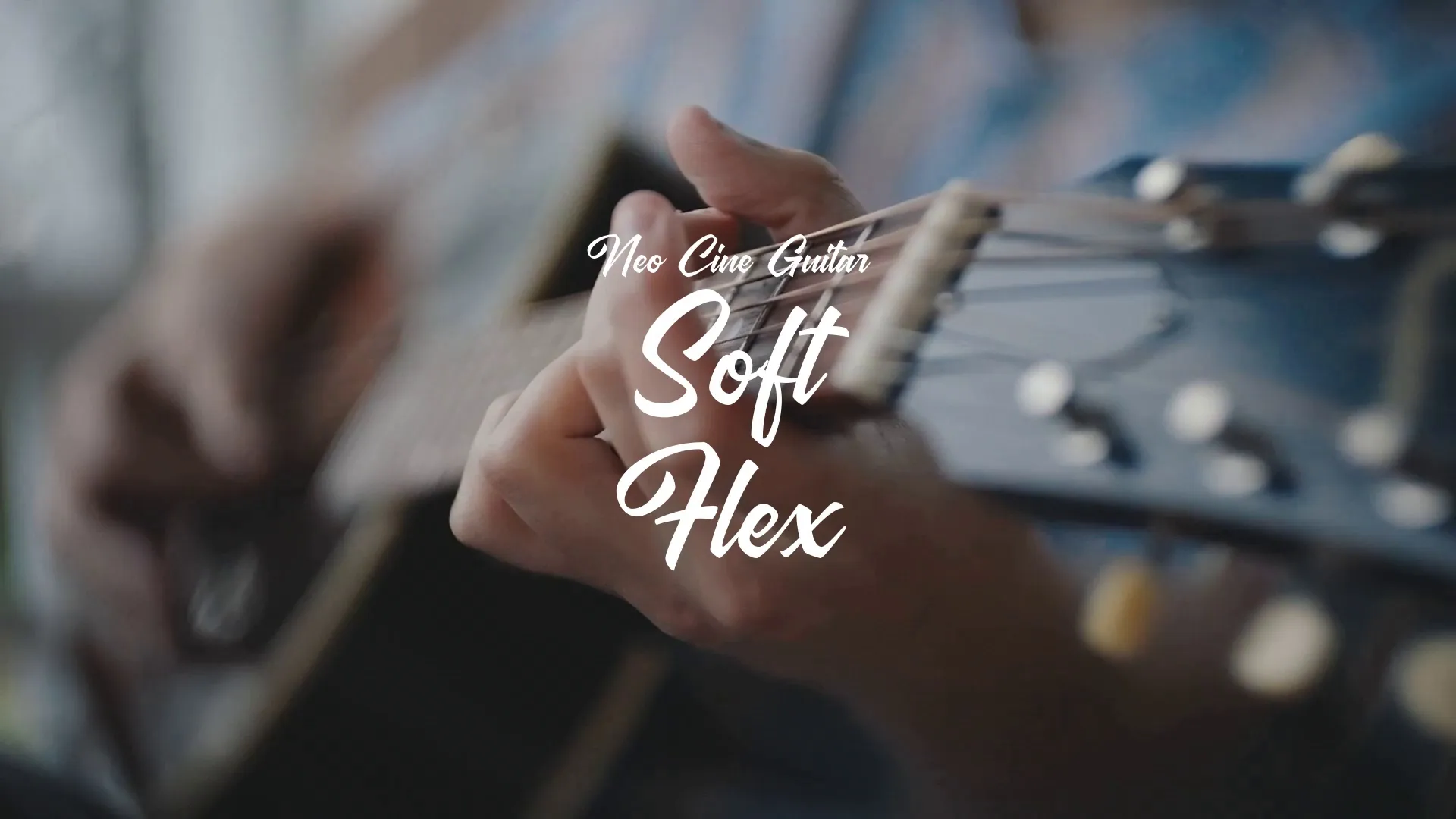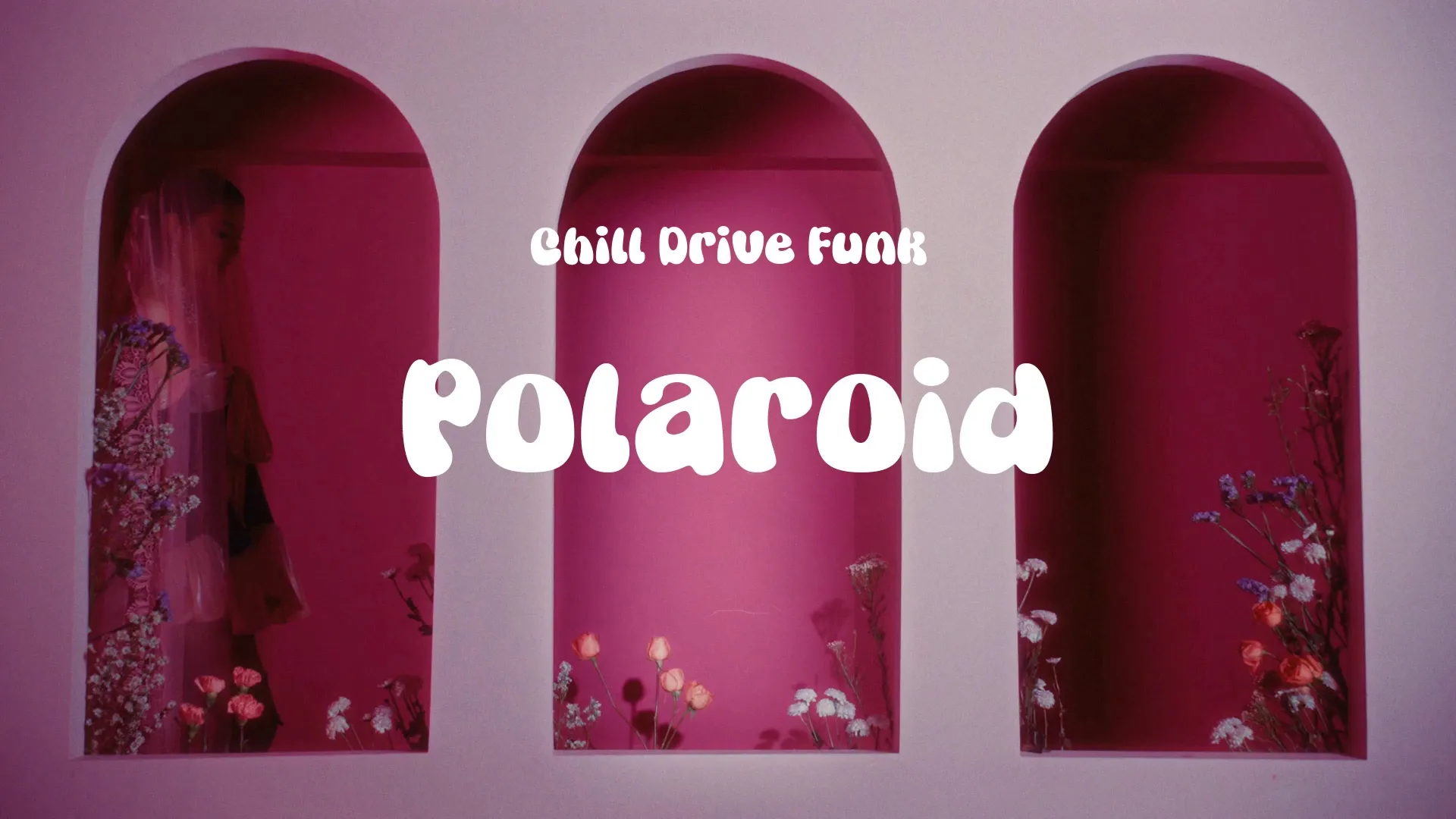The Silent Threat to Indie Games: Are Automated Tools Killing Creativity?
In the indie game development world, a silent threat looms. The promise of efficiency through automated tools subtly undermines the unique artistic visions that define the indie spirit. We must ask ourselves: are we sacrificing artistic expression for streamlined workflows, creating a homogenized landscape where truly innovative games struggle to break through? This reliance impacts creativity, and the effects are far-reaching.
The Allure of Automation: A Faustian Bargain Revisited
Indie developers today face an overwhelming array of automated tools. Game engines offer drag-and-drop interfaces. Asset stores provide readily available art. AI promises to automate level design and animation. The allure of efficiency is strong, particularly for smaller teams battling limited resources and tight deadlines. These tools ostensibly democratize game development, empowering individuals to achieve feats once reserved for larger studios.
However, this accessibility presents a subtle but significant cost. The ease of assembling games with pre-built assets can prioritize technical proficiency over true artistic exploration. Developers may become more focused on tweaking parameters within automated systems than grappling with fundamental design questions. What core experience are we trying to craft? What emotions should the game evoke?
Consider the ease of using AI to generate character dialogue. While this saves time, it can also lead to generic and uninspired writing. Developers might miss the opportunity to craft unique and memorable character voices that resonate with players. This is a critical point to consider.
The Rise of Aesthetic Homogeneity: A Cautionary Tale Woven in Pixels
Procedural generation, initially celebrated for creating endless replayability, exemplifies this issue. Over-reliance on algorithms can lead to a stifling sense of sameness. Players might traverse similar dungeons, battle identical enemies, and encounter repetitive narrative tropes, regardless of the specific game. This creates a feeling of déjà vu.
Hollow Knight, in stark contrast, showcases the power of deliberate artistic direction. Team Cherry meticulously hand-crafted the game’s world, characters, and animations, creating an unforgettable experience. Their approach serves as a potent counterpoint to the automated trend. This is a prime example of artistry triumphing over automation.
This careful curation of detail resulted in a distinct, memorable aesthetic that transcends mere procedural generation. Countless other metroidvanias, technically sound yet artistically bland, fade into obscurity precisely because they lack such a unique identity. These games suffer from a lack of distinct personality.
The Erosion of Discovery: A Price of Expediency Exacted on Innovation
Experimentation, a vital element in indie game development, is being stifled by the push for efficiency. Developers, pressured to deliver quickly, become less inclined to take risks and explore unconventional ideas. Familiar genres and established mechanics become the safe, default choices. Safety can be the enemy of innovation.
The indie scene, historically a hotbed for innovation, suffers disproportionately from this aversion. Titles such as Baba is You, Outer Wilds, and Kentucky Route Zero bravely challenged conventions and expectations. These games emerged from a willingness to experiment and push the boundaries of interactive storytelling. This willingness is paramount to the indie spirit.
Automated tools naturally favor predictability and established patterns. While valuable for implementing existing concepts, they prove less effective in nurturing original thought. Developers engrossed in tweaking pre-made assets are less likely to conceive groundbreaking mechanics or narratives. Originality requires stepping outside the boundaries of automation.
Losing the Human Touch: The Perils of Detachment in the Digital Realm
Over-automation insidiously erodes fundamental skills. Over-reliance on pre-built assets can detach developers from the craft’s underlying principles. They might excel at assembling components but lack the understanding needed to create truly original content. This is a recipe for creative stagnation.
For example, a developer exclusively using motion capture data might never grasp keyframe animation principles. They can produce realistic animations but struggle with the stylized or expressive movements essential for conveying emotion. Similarly, AI-generated dialogue may stunt the development of genuine writing abilities. The nuance of human creation is lost.
This skill deficit can severely limit creative potential. Developers become unable to adapt to new technologies, solve unexpected problems, or craft unique experiences. They become overly dependent on tools instead of mastering them. Mastering the craft is essential.
Create a free account, or log in.
Gain access to free articles, game development tools, and game assets.
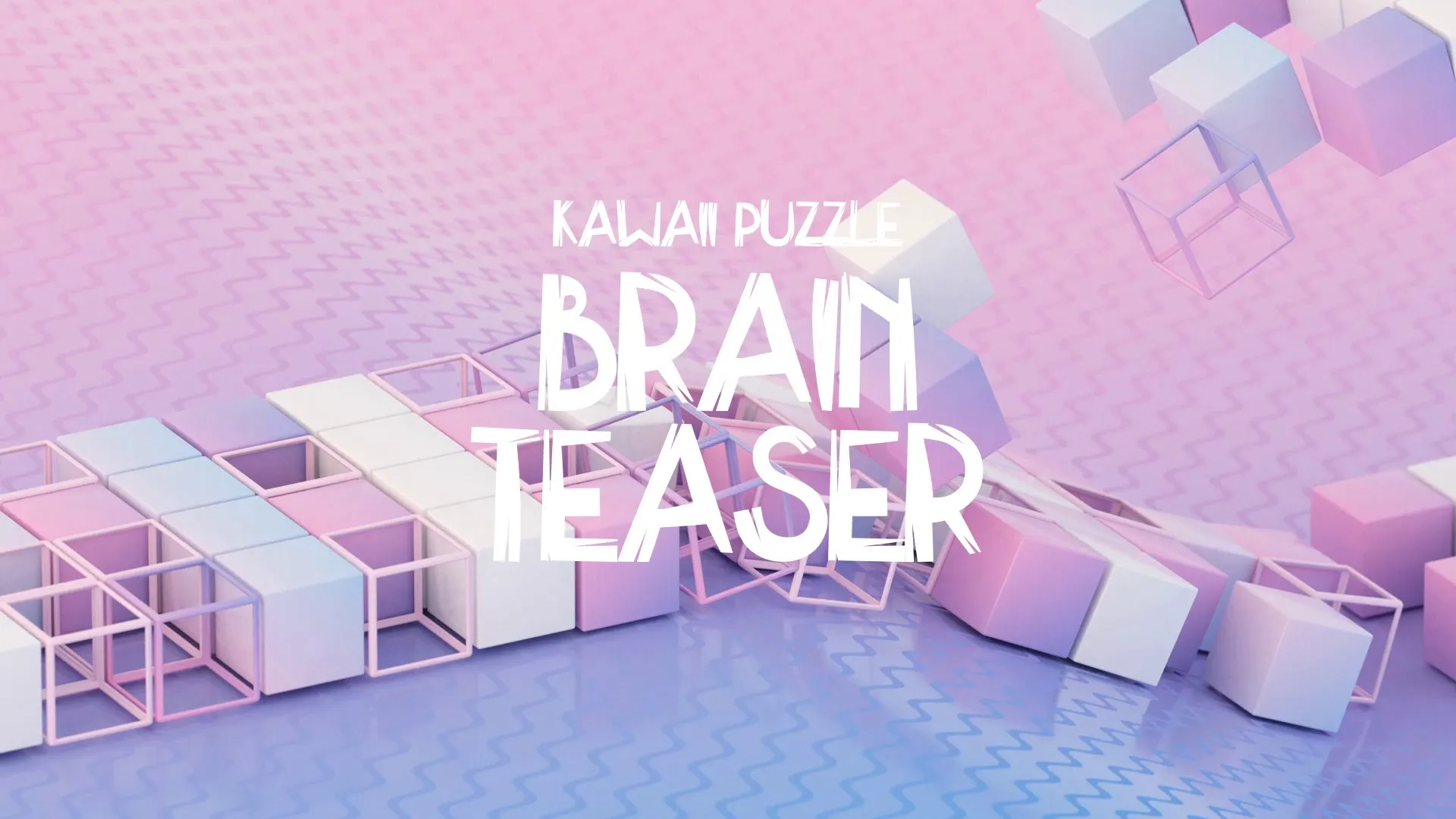
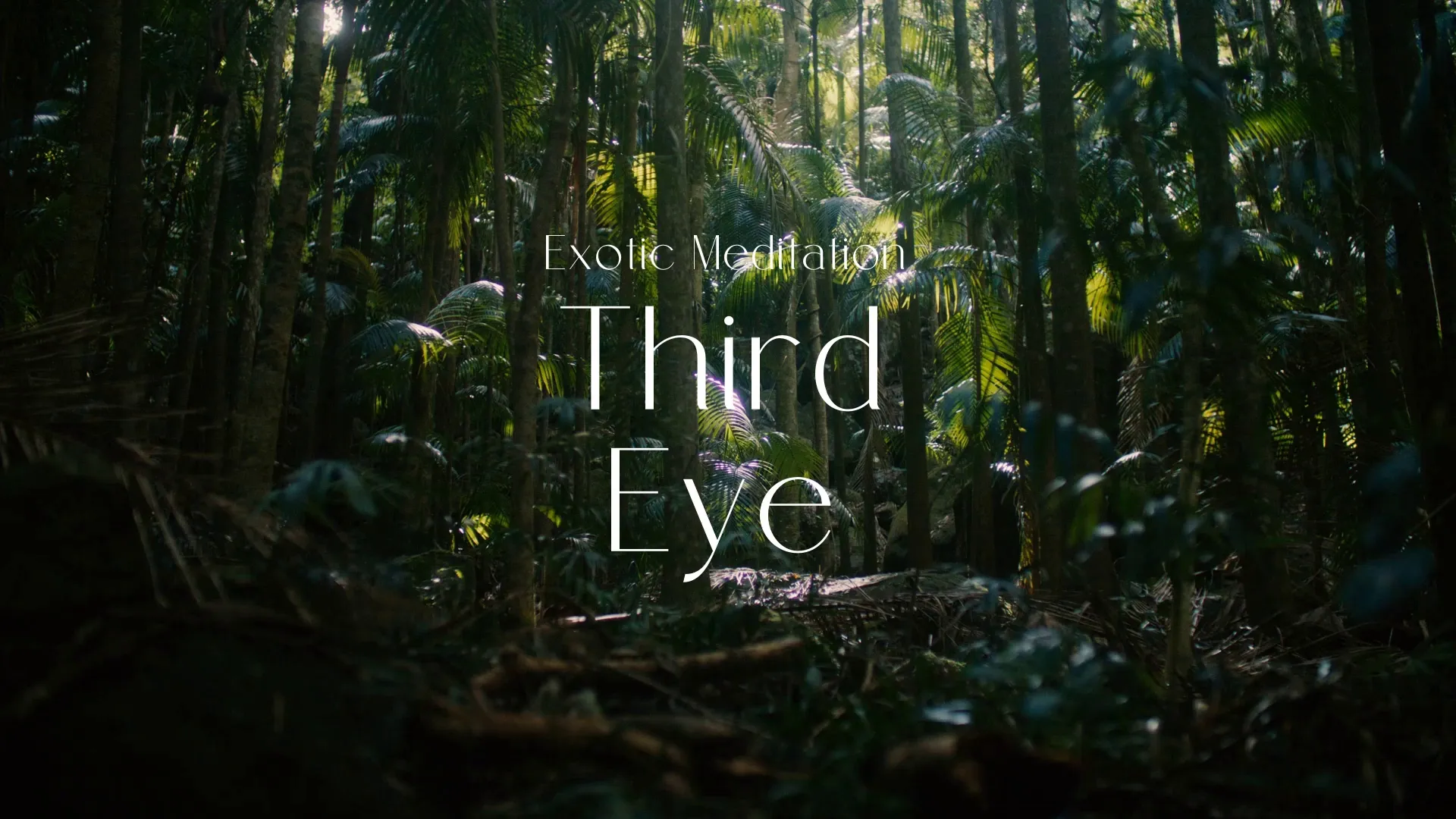


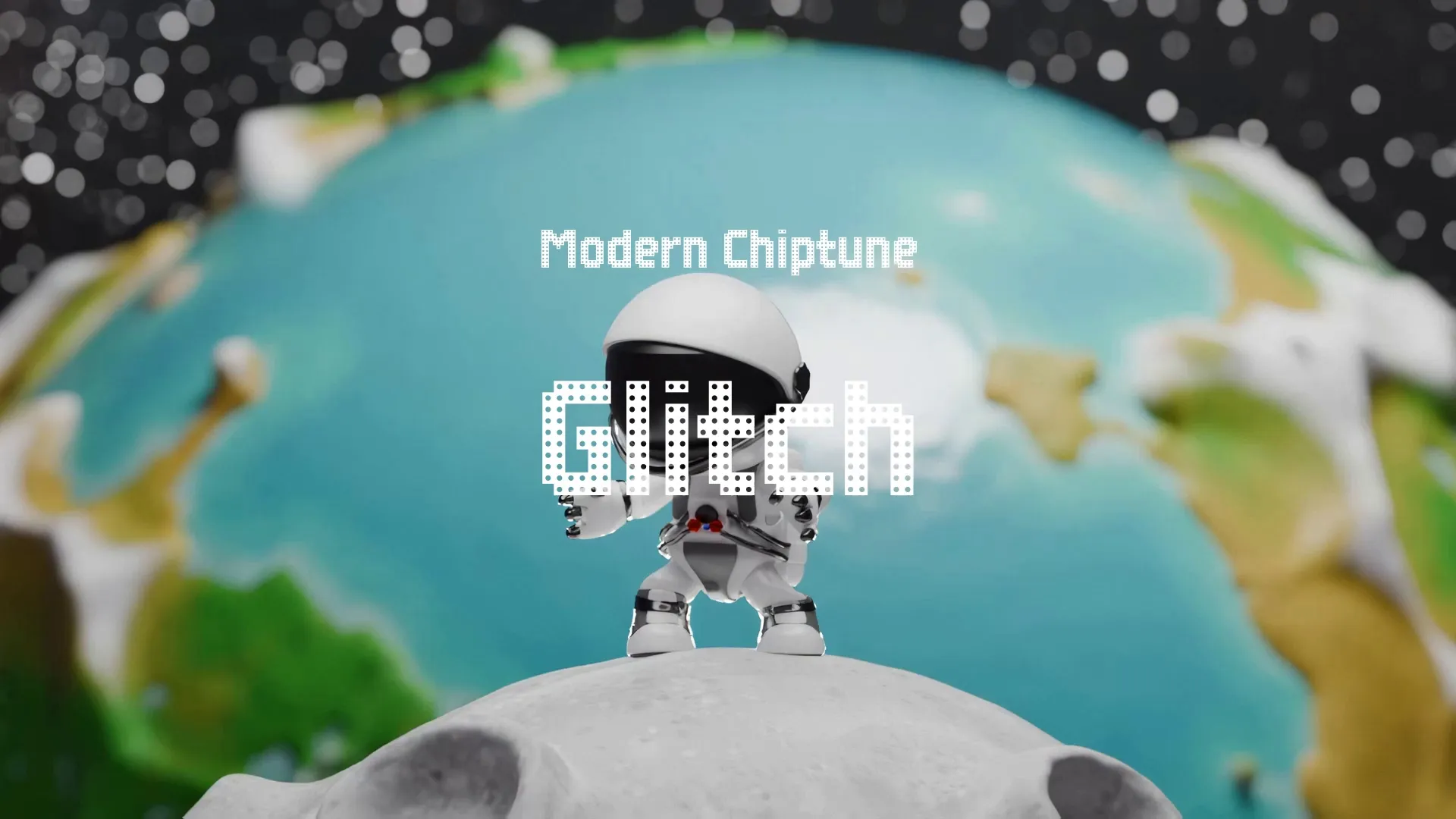

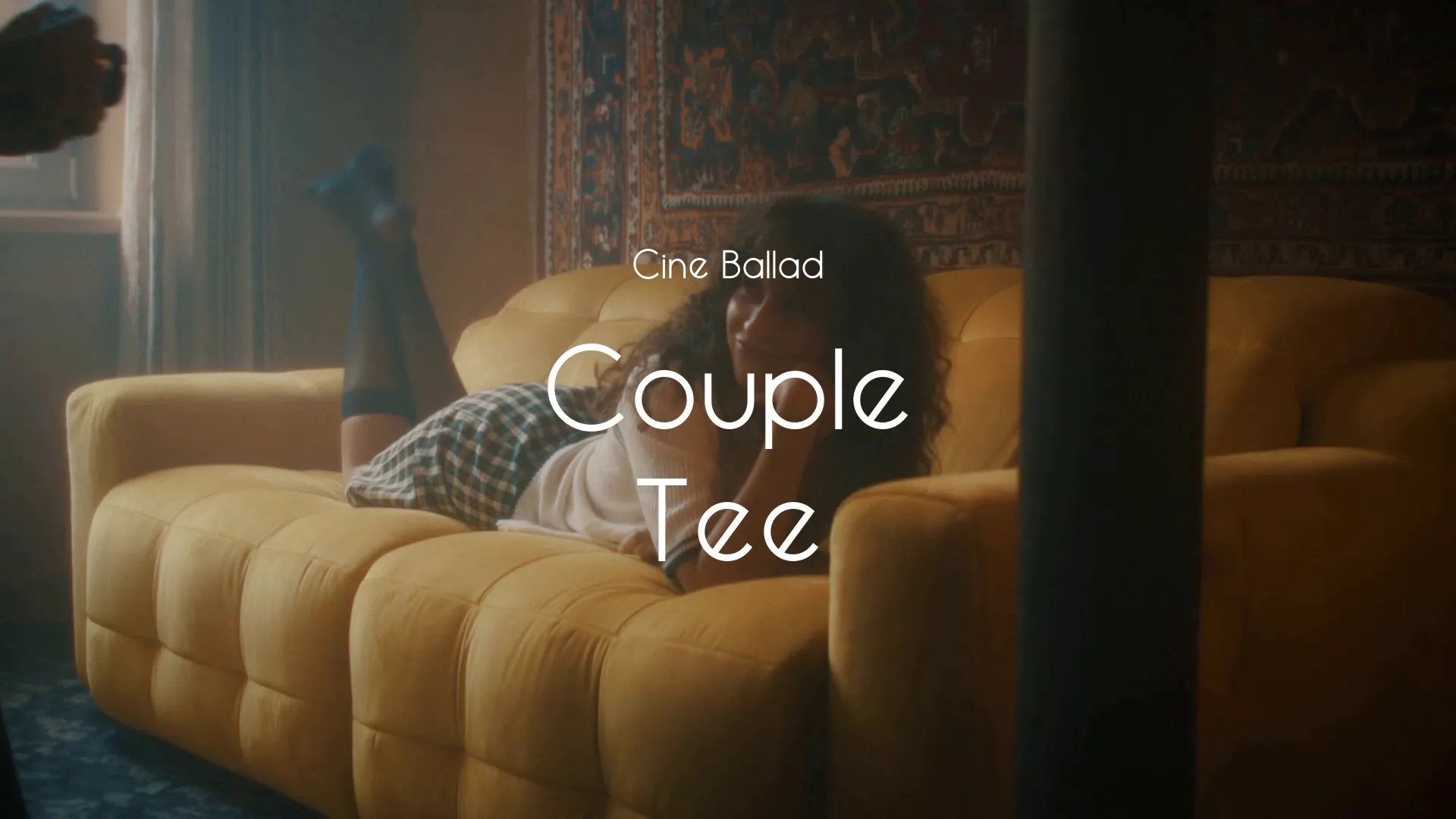


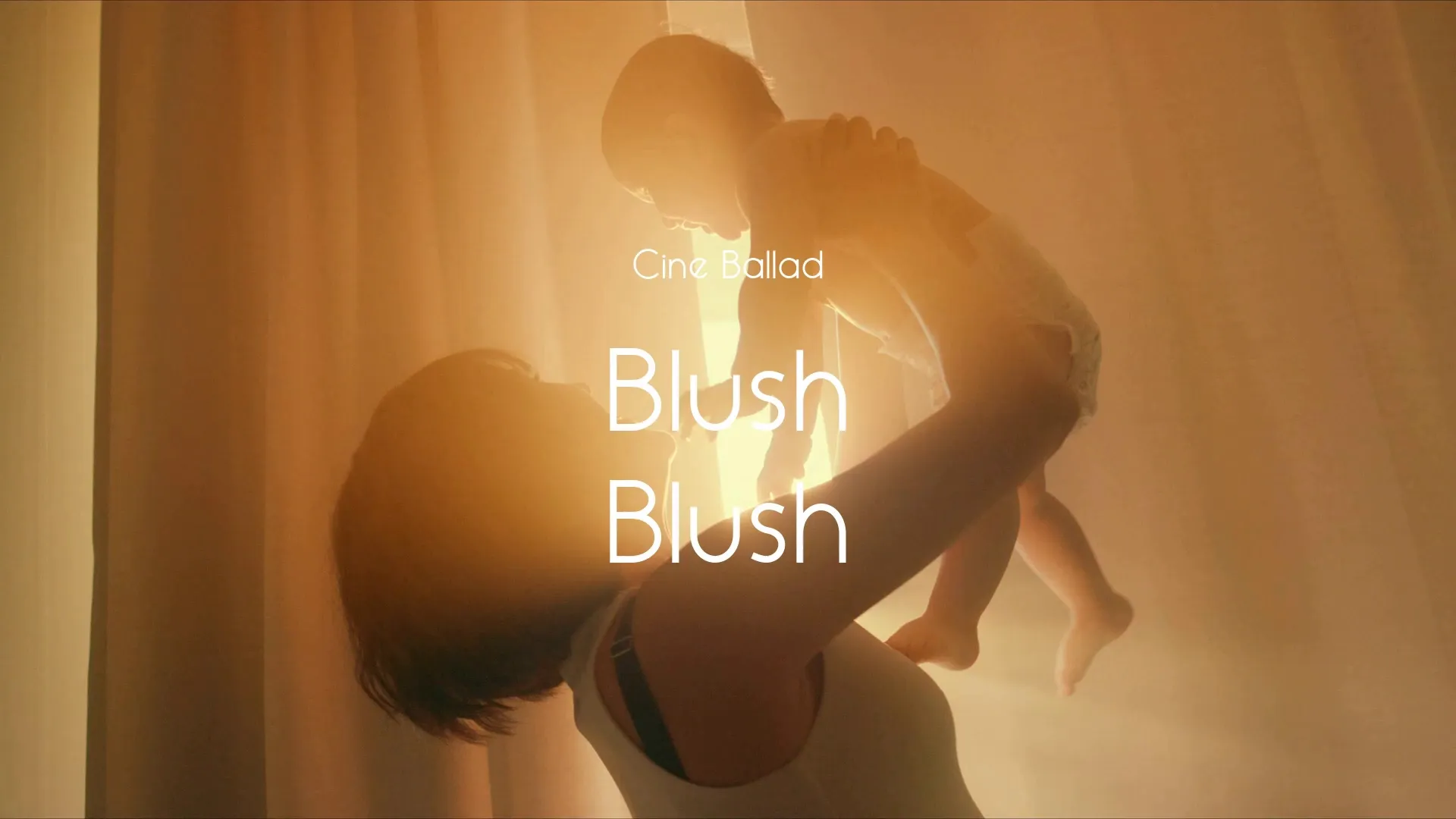
.webp)







